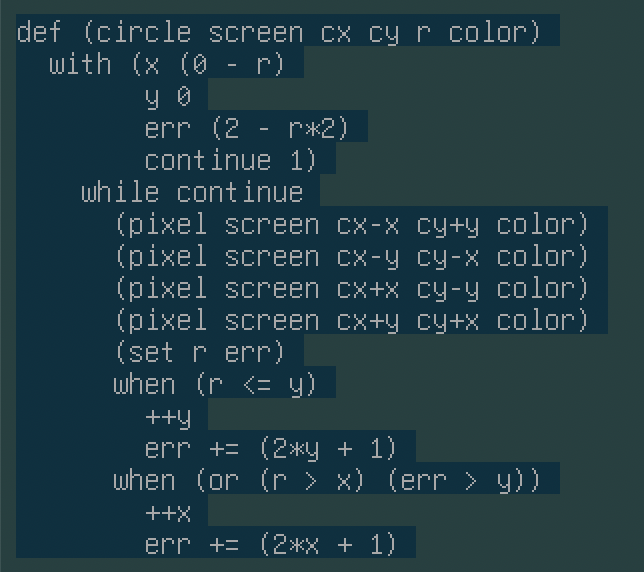📢 Workshop on Live Programming 🧬 Programming with DNA 🤖 Past Futures of Programming: General Magic's Telescript
Our Work
:scroll: Scroll: Build your own public domain newspaper. via Breck Yunits
https://scroll.pub/ my new static site generator is now mildly interesting. The key idea is instead of markdown it uses Scrolldown, which is a simpler language that is easily extensible Here's a simple sample site with a grammar extension


[x] Change Month and Week Number
[x] focWeekExport 2021-04-19 2021-04-26
[x] Summary
[ ] Hashtags
[x] Check that comment links work (push weekly dump with channel summaries)
[x] Check to mention right person for moved messages
[x] Update Search Index
[x] Download New Attachments
https://tinyletter.com/
https://tinyletter.com/marianoguerra/letters/
http://localhost:8000/history/
https://marianoguerra.github.io/future-of-coding-weekly/
https://stackedit.io/